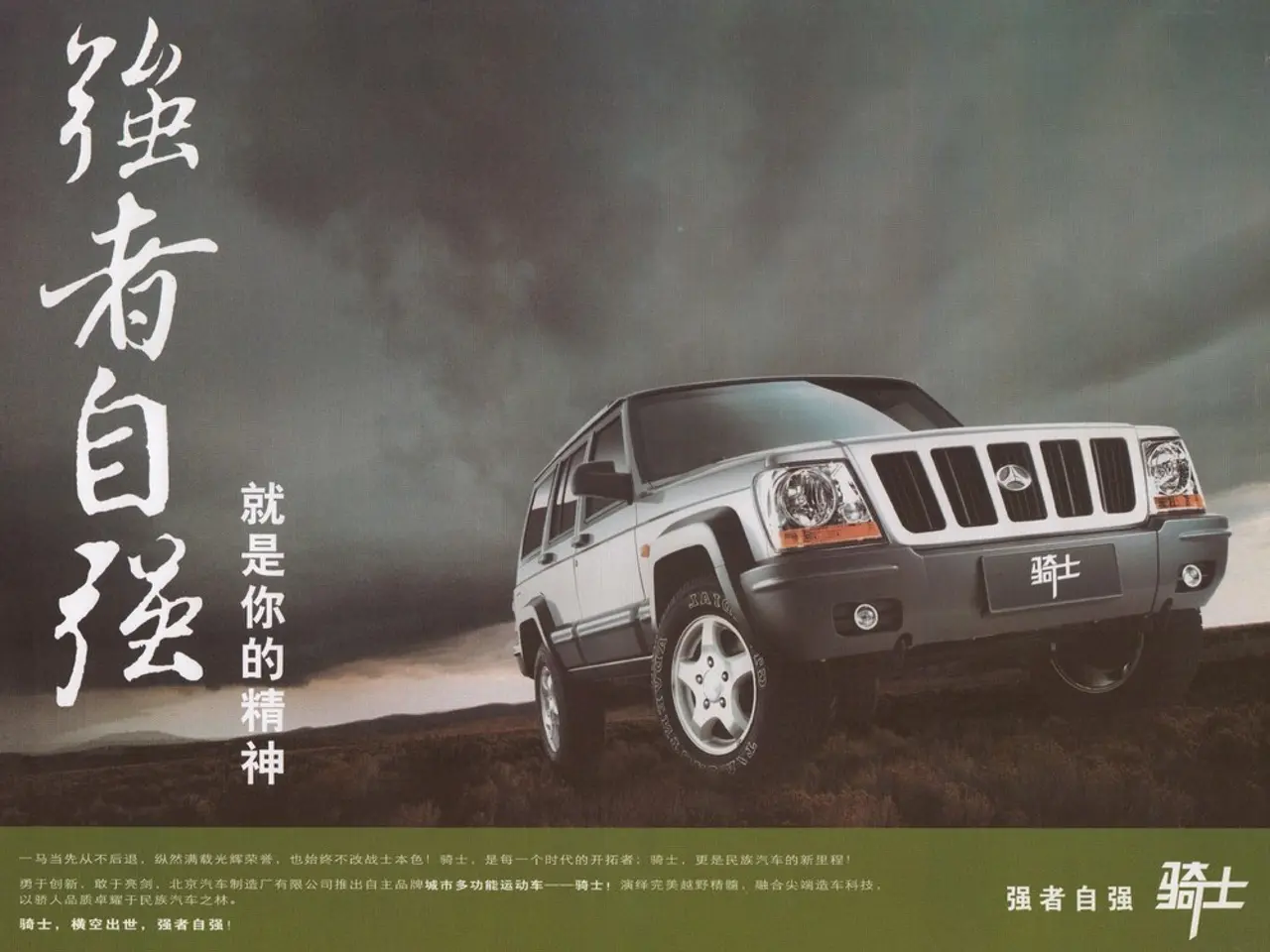Trade agreement between the United States and China postponed until November
The trade relationship between the United States and China continues to be marked by significant tariffs, with the U.S. maintaining a tariff rate of approximately 55% on Chinese imports. This tariff rate, which consists of a base 10% tariff, a 25% Section 301 tariff from the earlier Trump administration, and a 20% “fentanyl” tariff, has been extended through at least November 2025. China, on the other hand, applies a lower reciprocal tariff of around 10% on U.S. goods.
A framework agreement reached in June 2025 has maintained the current truce, without tariff rollbacks. Negotiations continue on sensitive issues such as rare earth metals exports, with both sides showing cautious optimism but economic and political tensions persisting.
The extension of tariffs buys both sides some time, though it's far from guaranteed that it will lead to a lasting solution. U.S. Treasury Secretary Scott Bessent described the current trade truce as "working pretty well," noting ongoing shipments of rare earth magnets from China and some tariff countermeasures on those goods being lifted. However, tariffs still represent a heavy burden for both sides, significantly increasing import costs and complicating supply chains, especially for smaller businesses and e-commerce platforms affected by high per-item fees and elevated tariff rates.
China’s economic growth in early 2025 has outpaced expectations, with above-target GDP growth. However, analysts warn that sustained tariffs could slow growth in the latter half of the year. China signals a willingness to endure the trade war, emphasizing its long-term strategic outlook, but acknowledges the need for a sustainable working arrangement with the U.S.
Looking ahead, the extension of tariffs until November 2025 implies a short-term pause rather than a long-term resolution. The future of the trade relationship hinges on upcoming negotiations and potential leadership talks. The possibility of a meeting between President Trump and China’s leader Xi Jinping has been mentioned, though no confirmation has been provided.
In a recent development, Ford had to suspend production at one of its Chicago plants due to rare earth element supply shortages. The U.S. trade deficit with China reached a record high of $295.5 billion last year. The next three months will determine whether this trade pause can evolve from a temporary interruption to a more stable resolution.
[1] ABC News. (2025). U.S.-China Trade War: What's Happening Now? [online] Available at: https://abcnews.go.com/Business/us-china-trade-war-happening-now/story?id=77838576
[2] CNN Business. (2025). U.S.-China trade war: What's happening now? [online] Available at: https://www.cnn.com/2025/06/28/business/us-china-trade-war-what-happening-now/index.html
[3] The Wall Street Journal. (2025). U.S.-China Trade War: What's Happening Now? [online] Available at: https://www.wsj.com/articles/us-china-trade-war-whats-happening-now-11625043433
[4] Reuters. (2025). U.S.-China trade war: What's happening now? [online] Available at: https://www.reuters.com/article/us-usa-china-trade-idUSKBN25K21U
[5] The New York Times. (2025). U.S.-China Trade War: What's Happening Now? [online] Available at: https://www.nytimes.com/2025/06/25/business/us-china-trade-war-what-happening-now.html
- What about the ongoing negotiations on sensitive issues such as rare earth metals exports between the U.S. and China? Are there any signs of progress to ease the trade tensions?
- The escalating war-and-conflicts between the U.S. and China through tariffs has led to a significant impact on policy-and-legislation, particularly affecting small businesses and e-commerce platforms by increasing import costs and complicating supply chains.
- In general-news, severe car-accidents and fires have caused a temporary disruption in the manufacturing sector, as seen with Ford having to suspend production at one of its plants due to rare earth element supply shortages.
- Crime-and-justice remains an important topic where comparative studies can be drawn, with a rise in smuggling activities triggered by the tariffs and adversely affected supply chains.
- In the complex politics of the U.S.-China trade war, it is essential to consider the long-term consequences, such as how the extended tariffs could potentially affect both countries' economic growth and future relations. Upcoming leadership talks and negotiations may offer a chance to work towards a more stable resolution to this trade impasse.








